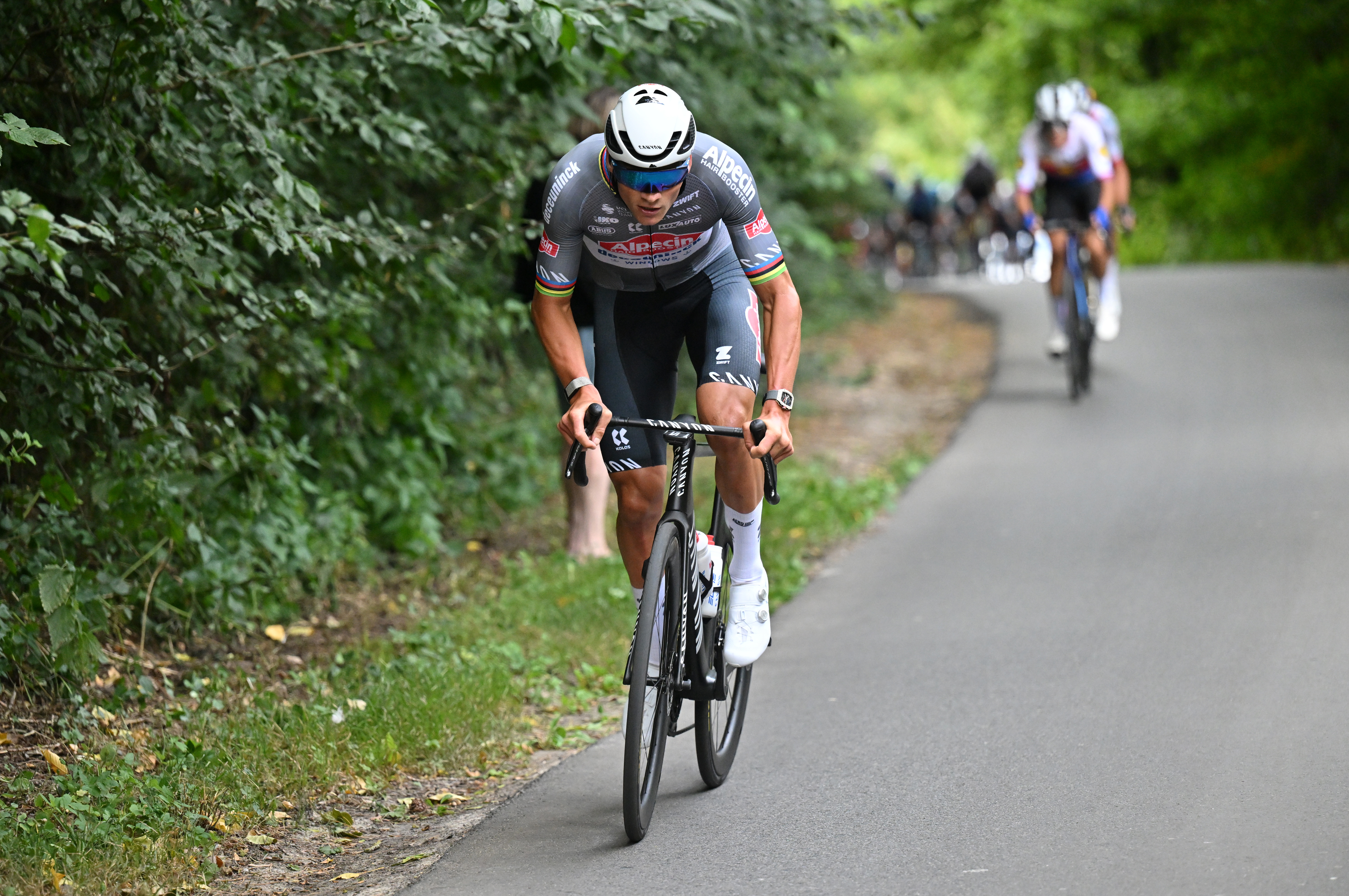Types of road bike: Your drop-bar options unpacked
All the different categories of road bikes explained
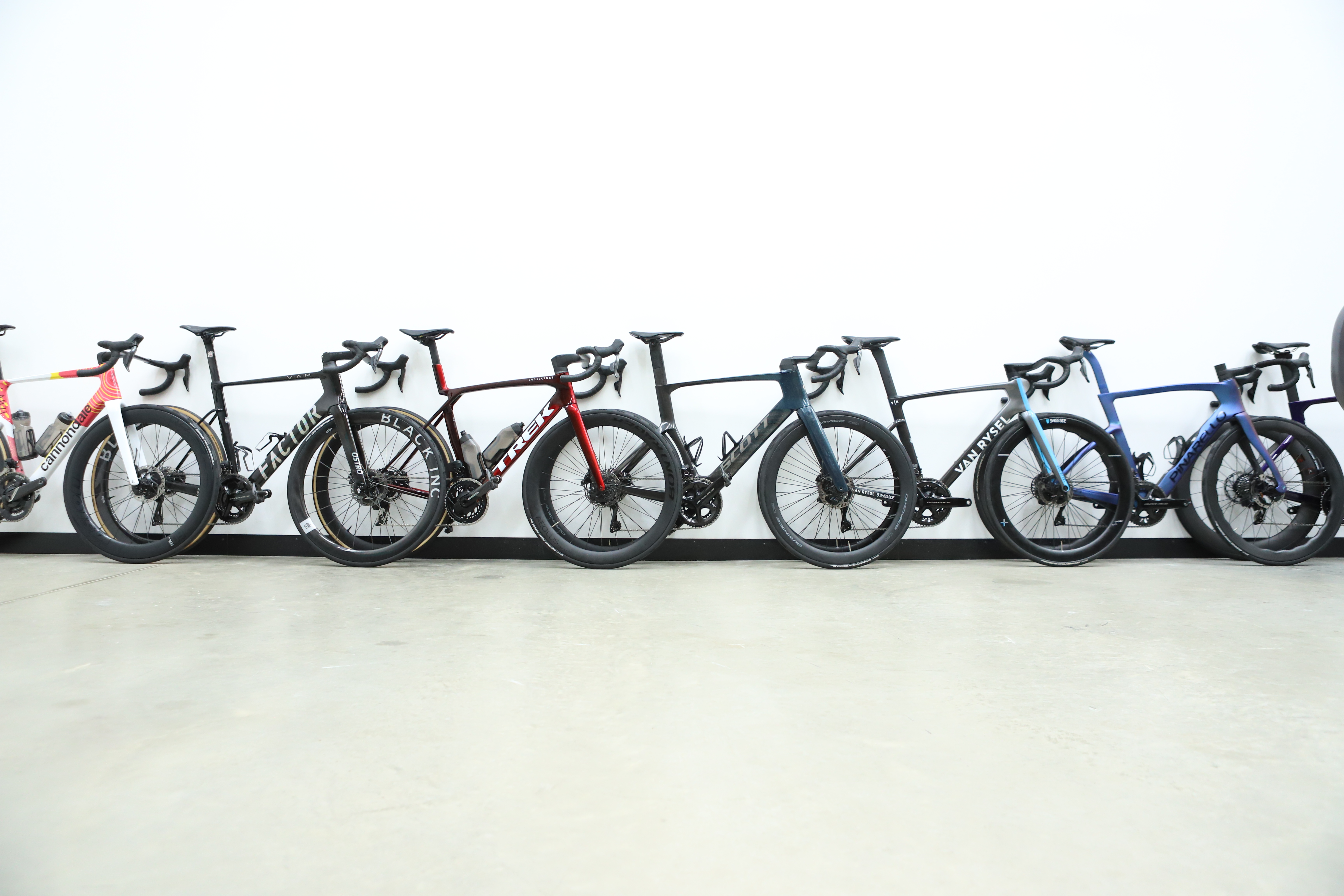
What is a road bike? Well, that’s a bit trickier to pin down than you might think. At first glance, you’d probably picture a bike with skinny tyres and drop handlebars riding along smooth roads. While this is largely accurate, most road bikes do have drop bars, there are plenty of exceptions.
Take time trial bikes, for instance. They’re built for speed, aerodynamics, and efficiency, but they still fall under the road bike category. Then, you have flat-bar road bikes, which blur the lines even more, but the truth is many flat-bar bikes designed for road riding often get categorized as hybrid bikes.
The blurred lines don't stop there, either, because not every road bike is made strictly for the road. Due to their drop bars, a growing number of cyclists include gravel bikes in the road bike family. Gravel bikes can handle tarmac well, but are designed primarily for off-road adventures. They're built to be versatile, giving you the freedom to switch between terrains without missing a beat.
The boundaries between different types of road bikes are anything but clear-cut. There’s plenty of crossover, and niche categories exist too. For example, fixed-gear bikes - while popular in certain cycling communities - fall outside the scope of this guide, but they add yet another layer to the mix.
In the following sections, we'll break down the main types of road bikes and highlight the key features that set them apart. Whether you’re racing, commuting, or enjoying the weekend club ride with your friends, this guide should help you find the best road bike for your style of riding.
Race bikes
You can trust Cyclingnews
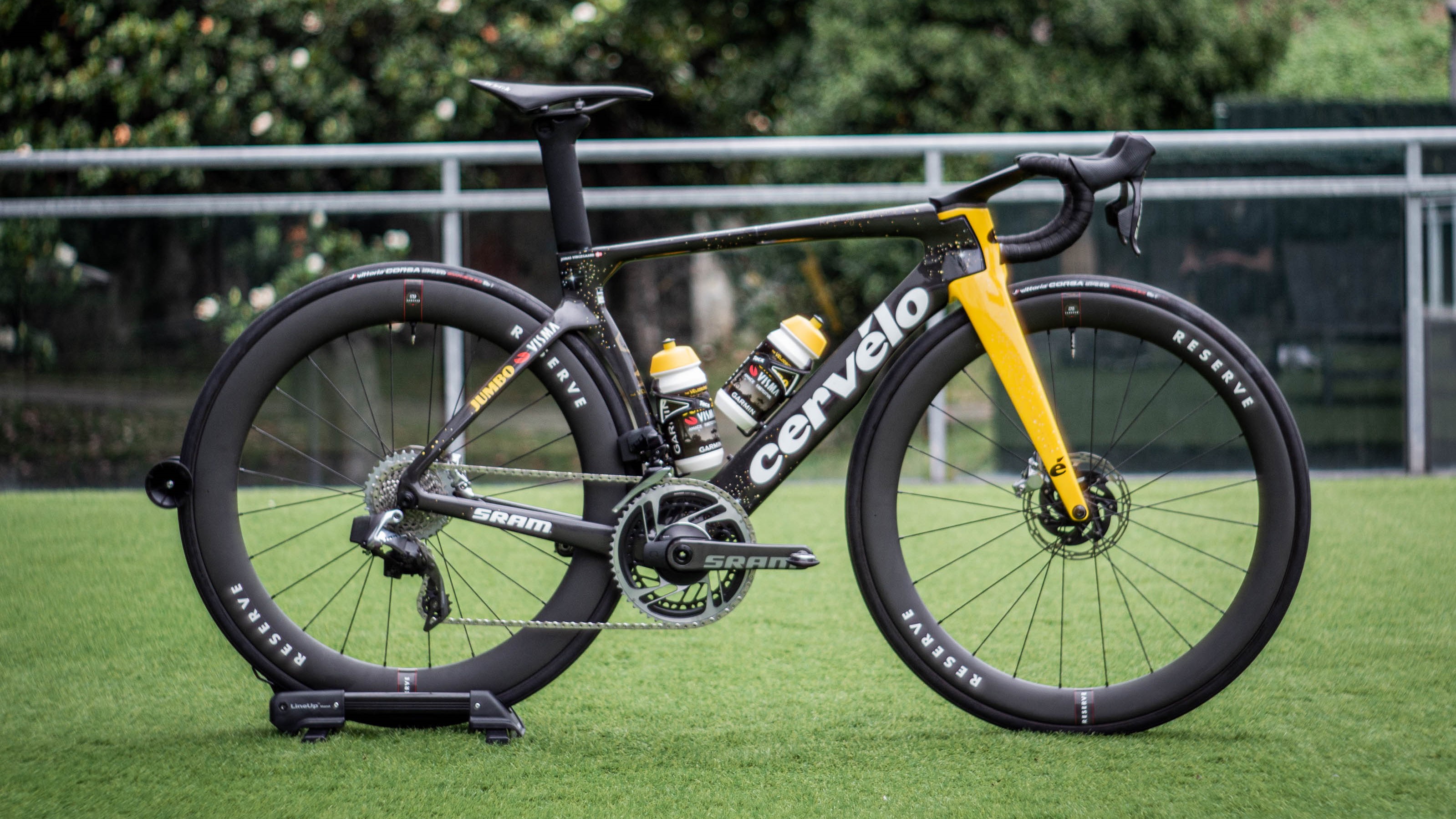
Race bikes are designed to go fast, whether that’s on the flat or up a hill. As such, the race bike is a catch-all category encompassing both lightweight and aero bikes, both of which are explained in more detail below.
Bikes designed for racing are increasingly becoming both aerodynamic and lightweight in a single package. Whichever category they fall into, race bikes have a frame shape (technically called their geometry) that typically favours a long and low ride position, to put the rider’s torso in a flatter position and so reduce their frontal area and wind resistance.
This may suit fitter riders, but novices may find the position uncomfortable with more weight supported on their arms and shoulders. They will probably find an endurance bike more comfortable, as explained later.
Lightweight bikes
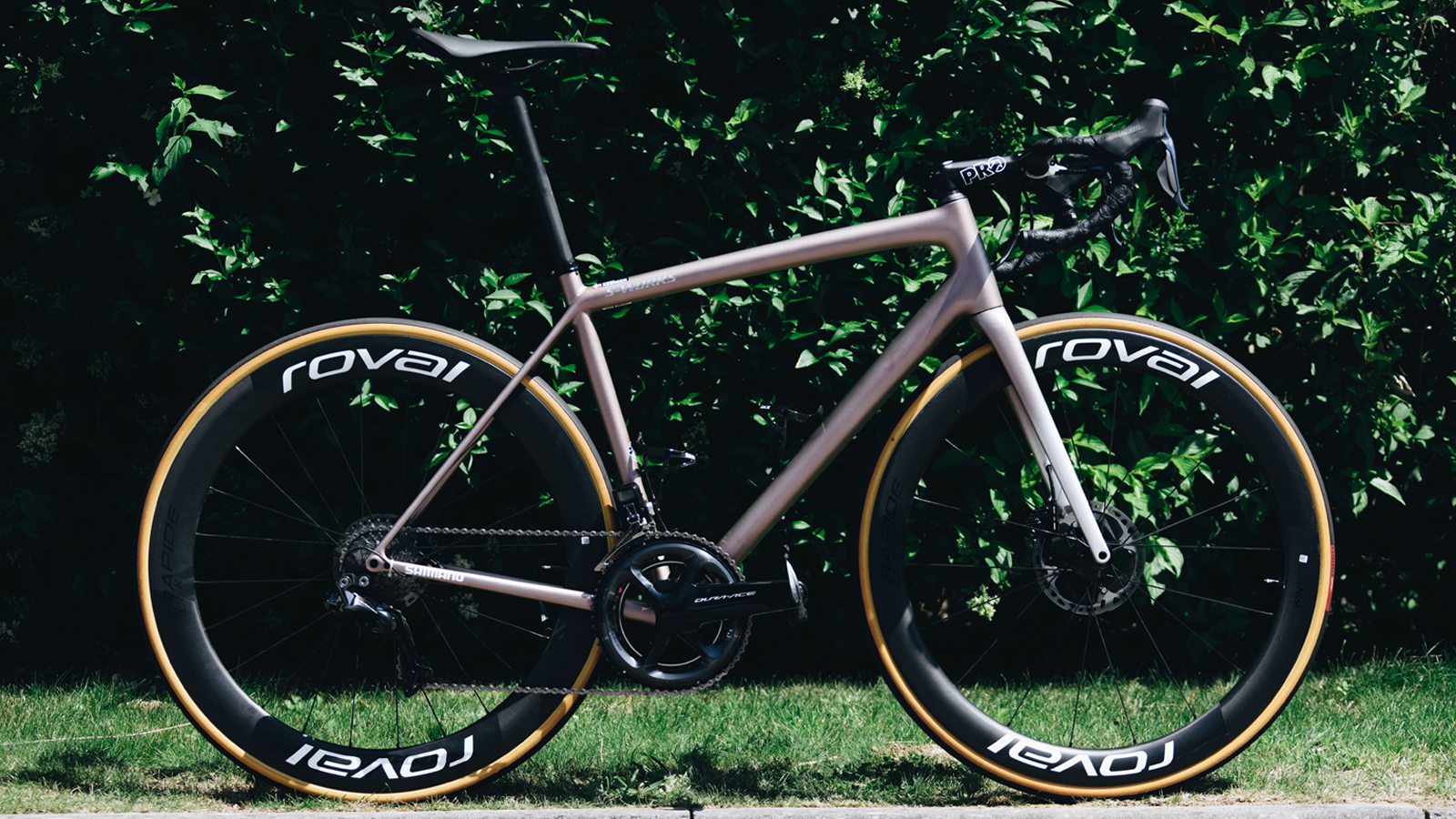
Many race bikes are built for a low weight. For premium lightweight race bikes, this means exotic high-modulus carbon fibre and expensive components such as wheels and groupset.
Any bike raced at a professional level can’t be too light though, as cycling’s governing body, the UCI, mandates a 6.8kg minimum weight for bikes raced in its competitions.
To some extent, this has stifled innovation, although bikes not designed to be raced by the pros can regularly drop below 6.8kg. The premium spec Canyon Ultimate CFR Di2, for example, has a claimed 6.3kg weight, the same as the Specialized S-Works Aethos with SRAM Red AXS.
Such bikes are very expensive, often costing over £10,000/$10,000 (although the Canyon squeezes under this), but their makers typically offer more affordable bikes in the same ranges which are still reasonably lightweight but built with cheaper, heavier components and often with less premium, and again heavier, carbon fibre used in their frames.
Aero bikes
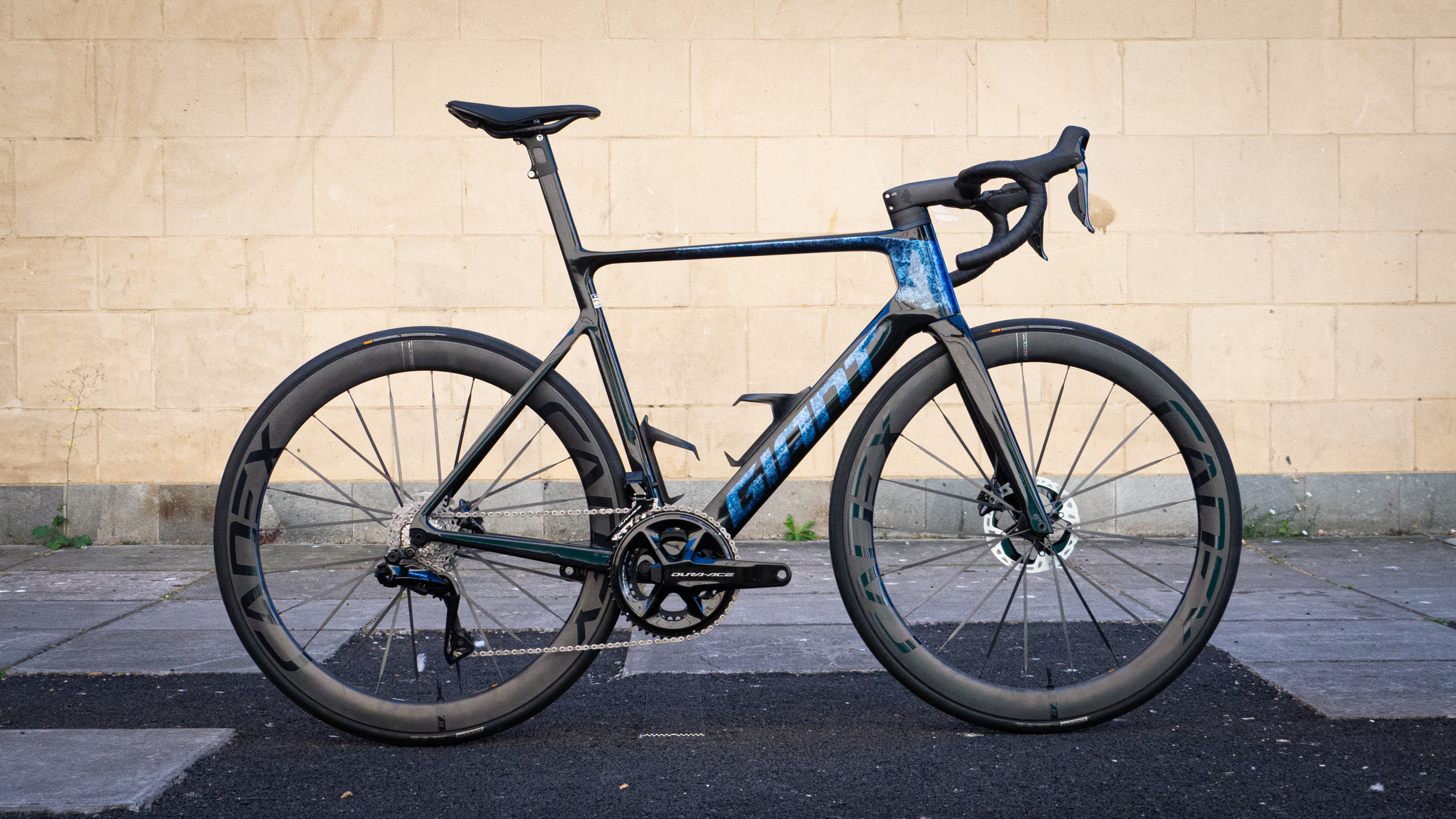
While bike makers have always striven for low weight, over the last 20 years or so, aerodynamics has come to the fore. The forerunner was Cervélo, which launched the Soloist aero road race bike in 2002.
Unless climbing a fairly steep incline, bicycle aerodynamics is more important than weight. The tipping point where weight becomes more important is typically around a 5 per cent gradient, but it’s steadily increasing as bicycle aerodynamics improve and aero bikes become lighter.
Early generations of aero bikes had aggressive, deep tube profiles throughout the bike, which approached a teardrop shape. As design has progressed, it’s been found that truncated aerofoil, or Kammtail, shapes are more effective than longer aerofoils. They have the additional benefit of being lighter, although the sharp tail cut-off can be difficult to manufacture.
It’s also been found that the greatest aero benefit is to be had at the front of the bike, where it is hitting smoother air. Thus, newer aero road bikes such as the Giant Propel and Ridley Falcn tend to have deeper sections to the head tube and forks (while still staying within the limits on frame dimensions stipulated by the UCI) but are slimmed down towards the rear to save weight.
An additional benefit is that they’re more comfortable than their aero bike predecessors.
Combined aero-lightweight bikes
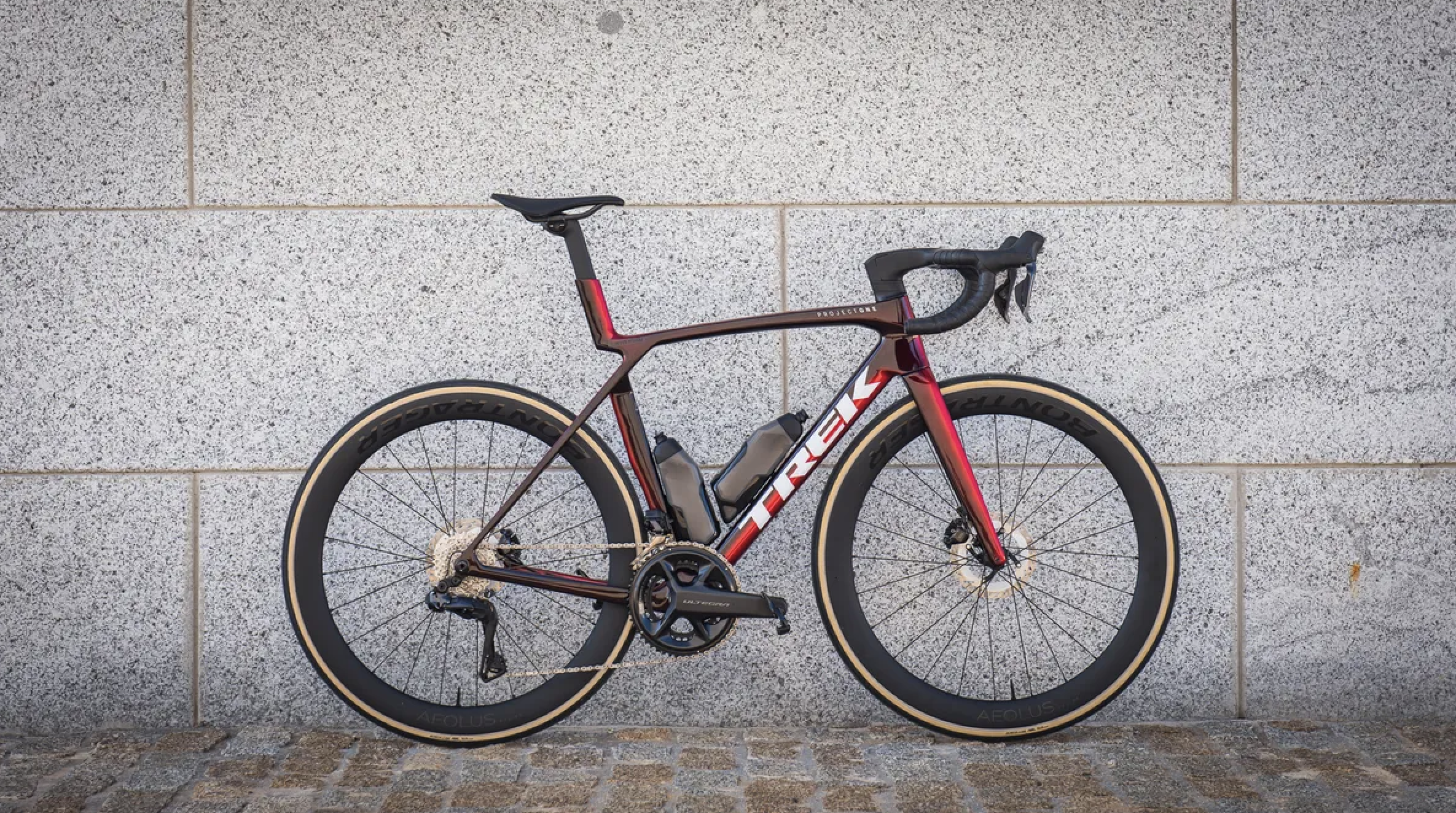
Now, here’s where it gets tricky. While a few years ago lightweight and aero bikes were two distinct categories, now they’re increasingly merging into one.
A recent example is Trek’s race bikes. In the past, Trek sold the lightweight Emonda and the separate aero Madone range. The Emonda started off with round tubes, but more recent generations became progressively more aero.
When Trek began its R&D for the fourth generation Emonda, it quickly realised that the bike could take on a shape that was closer to the (seventh generation) Madone and be both as aero as the Madone Gen 7 and as light as the Emonda. As a result, the Gen 8 Madone, launched in 2024, replaced both the Gen 7 Madone and the Emonda.
This allowed Trek to slim down its bike range and also made it a lot easier for its pro riders, as they didn’t need to pick and choose between a lightweight and an aero bike based on the terrain for a race or a stage.
Trek isn’t the only brand to merge its lightweight and aero race bikes; Specialized did it a few years ago with the Tarmac SL7, which replaced the Tarmac SL6 and the Venge aero bike. The Tarmac SL8 is claimed to be more aero than that Venge, while still weighing under the UCI’s 6.8kg weight limit.
Other brands still keep separate aero and lightweight bikes in their inventory. Examples include Giant with its TCR lightweight race bike and Propel aero race bike, Canyon with the Ultimate and the Aeroad, and Merida with the Scultura and Reacto.
Yet other brands never differentiated. The Pinarello Dogma F and its predecessors always filled both the lightweight and the aero niche in one frameset.
Endurance bikes
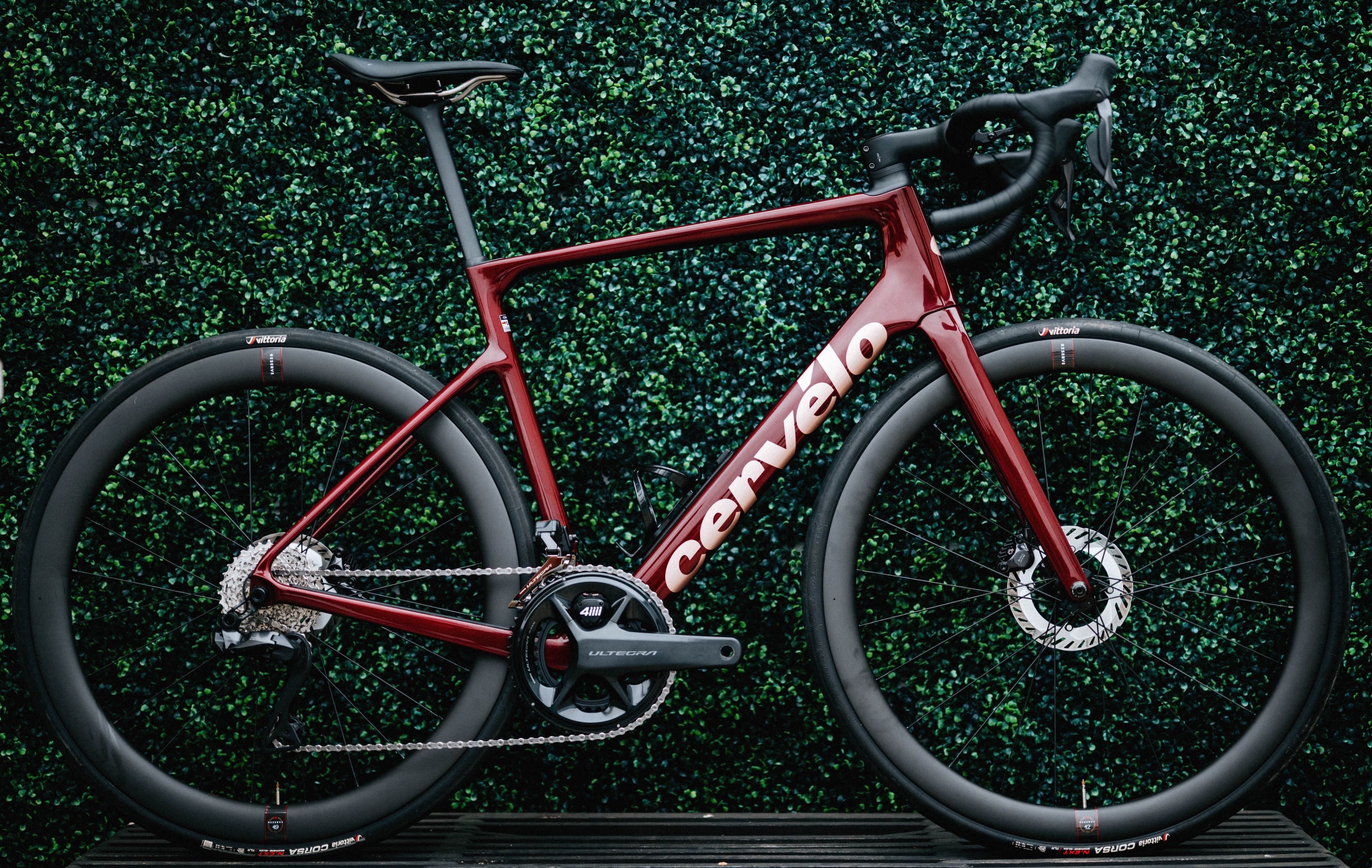
While race bikes are engineered to help you go faster, endurance bikes are designed to help you keep going for longer. They’re sometimes called sportive or fondo bikes, as they’re a good option for those organised longer-distance rides.
Endurance bikes usually have a more upright ride position, so there’s less strain on your arms, neck and shoulders. They also often have micro-suspension features built in, such as flex areas in the frame or a seatpost designed to smooth the ride.
Their geometry is designed to make the bike easier to handle and more stable, with a longer wheelbase and less sharp handling, while a race bike’s geometry is likely to give edgier, more responsive handling.
Endurance bikes typically have larger tyre clearance in the frame and are fitted with wider tyres, also increasing ride comfort. They’ll have lower gearing than a race bike, to help the rider climb hills more easily and with lower fatigue. There are often mounting points for mudguards on modern endurance bikes.
Entry-level road bikes are typically endurance bikes too, as the ride position, handling and comfort make them easier to get used to.
While race bikes and high-end endurance bikes are typically made of carbon fibre, lower-priced endurance bikes may be made of aluminium. Titanium or steel are also options typically reserved for bikes with endurance geometry but are less common.
The distinction between race bikes and endurance bikes isn’t completely clear-cut and some bikes, such as the Cervélo Caledonia and Giant Defy merge aero features from race bikes. Others blend more into the gravel bike world to become 'all road' bikes, explained below, with clearance for wider tyres and the capability to handle rougher roads.
All-road bikes
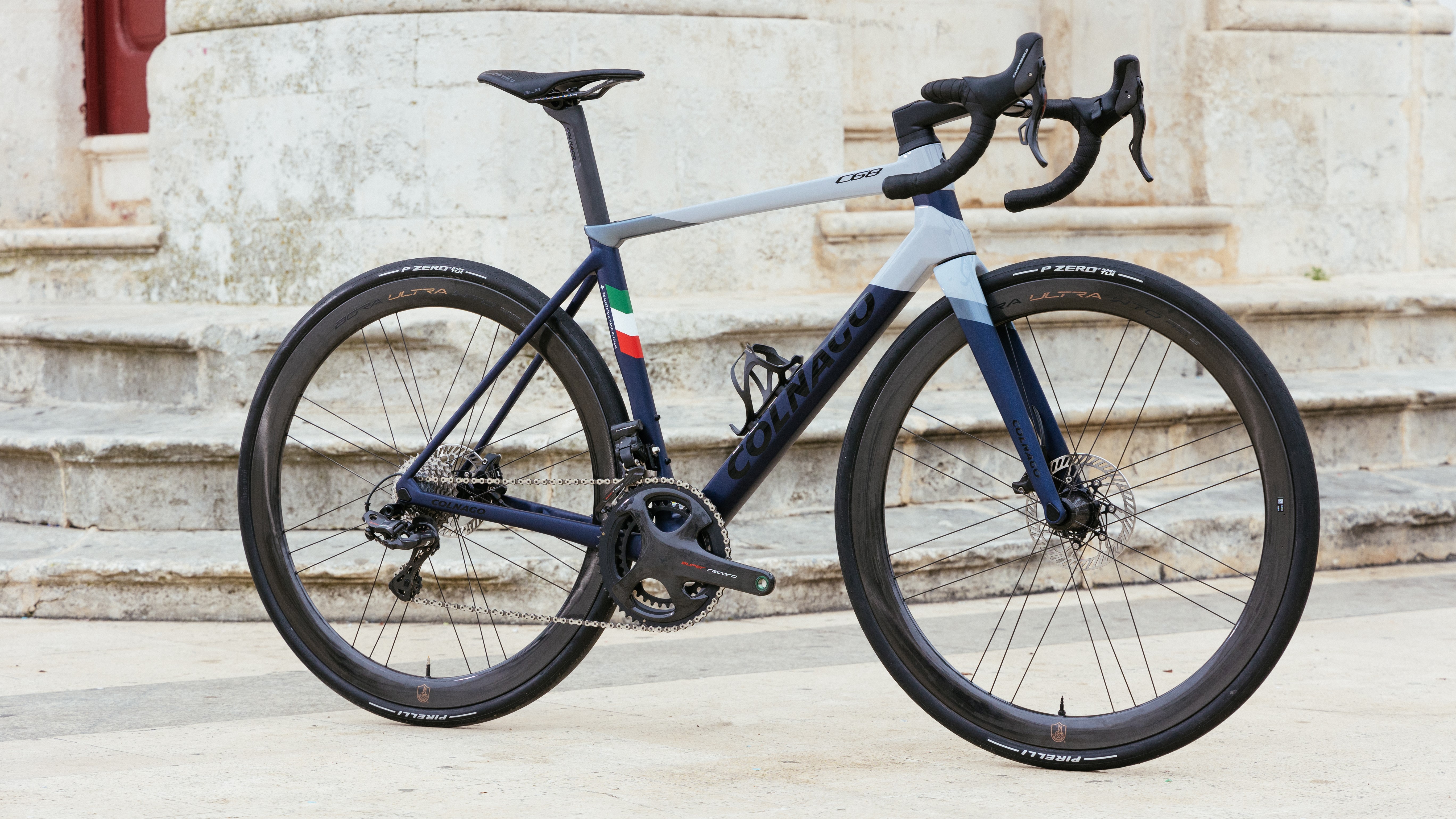
The popularity of gravel bikes, which are drop bar bikes designed for riding off-road, has resulted in the growth of the all-road bike category.
These are bikes that are designed predominantly for road riding but incorporate features to allow the rider to head onto easier unpaved surfaces, without offering the full off-road competence of a gravel bike.
All-road bikes have much in common with endurance bikes, but may offer additional tyre clearance and are usually sold with grippier tyres from the offset. Their gearing may be lower too, or provide a greater range. They may have additional mounting points so that more luggage or water can be carried and, as with endurance bikes, will almost always have mounts for mudguards.
Gravel bikes
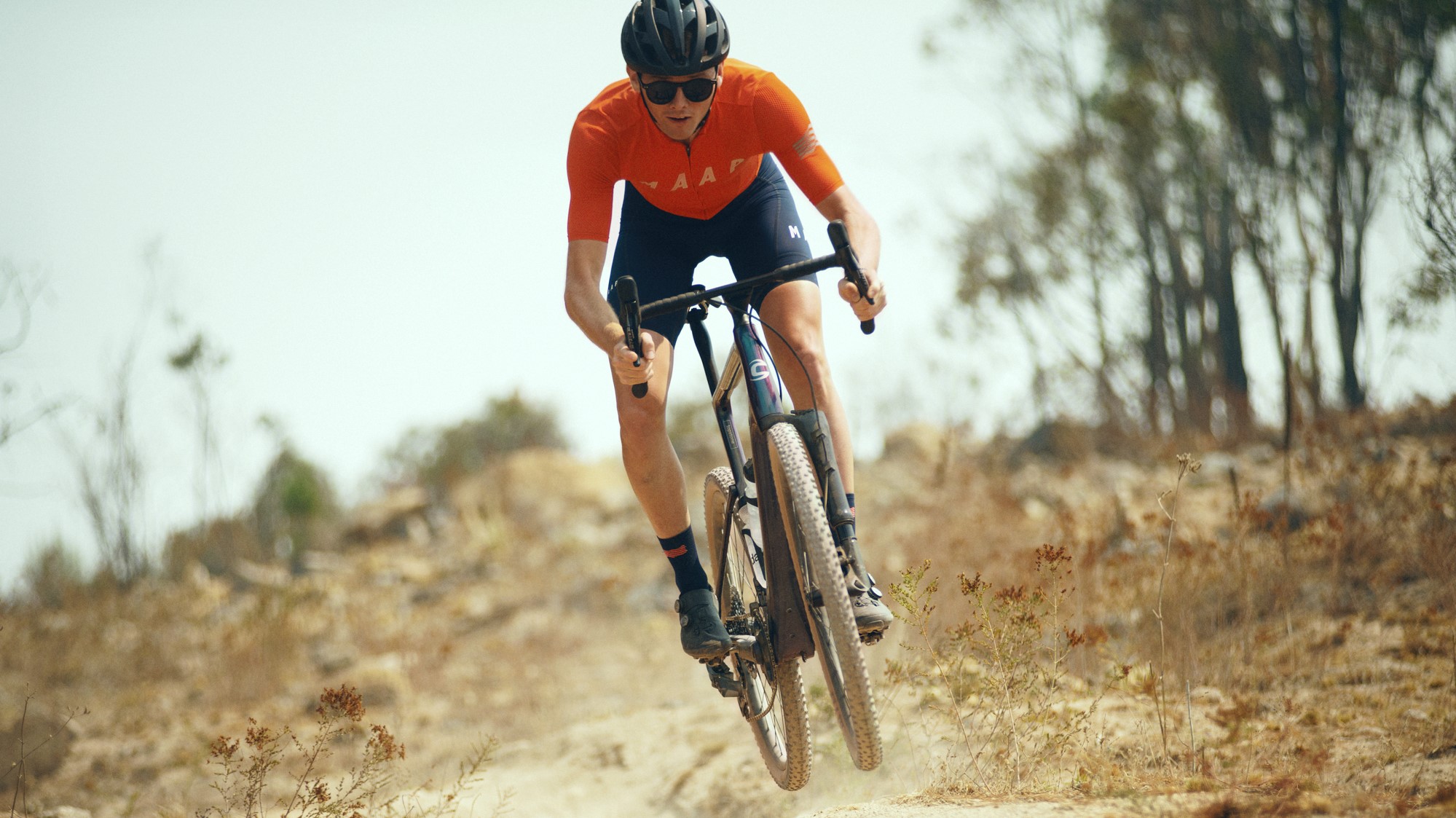
Gravel bikes have become really popular in recent years. They’re drop bar bikes designed for riding off-road. This means significantly larger tyre clearance than the above bike categories, with treaded gravel tyres fitted to provide grip off-road. Even more than an endurance bike, gravel bike geometry will be designed for stability, so that tricky terrain can be ridden with confidence. They may offer suspension features too.
Most road bikes are now fitted with disc brakes rather than rim brakes, but they’re essential for gravel bikes, as they provide strong, reliable braking that’s usually not affected by muddy or wet conditions.
Gravel bikes typically come with lower gearing than bikes designed for road riding, to help you ride up inclines in the saddle; it’s difficult to climb standing on loose trails, as the rear wheel is liable to slip.
Many gravel bikes are fitted with a single chainring (1x) groupset. This simplifies shifting, reduces the chances of clogging with mud and can increase available tyre clearance while offering a similar gear range to a double chainring configuration.
Gravel bikes typically have plentiful mounting points, usually including mudguard and rack mounts, a third bottle cage mount underneath the downtube and mounting points on the top tube. There may be mounts on the fork legs too. These allow you to carry luggage for bikepacking and also make budget gravel bikes a good option for commuters.
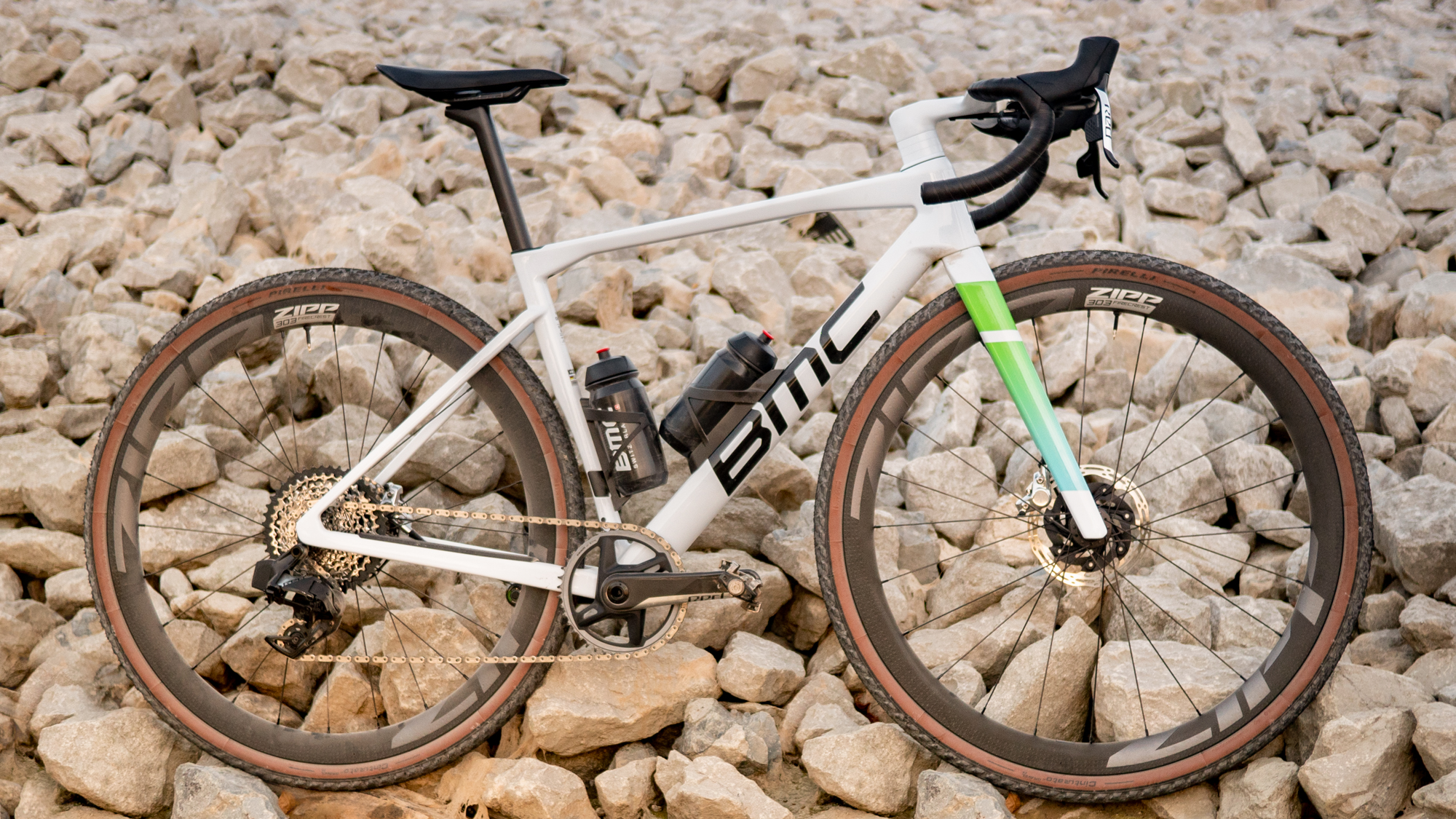
Gravel bikes used to be do-it-all, but the increasing popularity of gravel racing has seen a sub-genre of gravel race bikes emerge. These have racier, less stable geometry, usually offer less tyre clearance and may forgo some of the mounting points. They often incorporate aero features too, as speeds in gravel races can be fast enough for aerodynamics to be important.
At the other end of the gravel spectrum are bikes with very wide tyre clearance, designed to be taken into mountain bike terrain or used for multi-day off-road bikepacking adventures.
Cyclocross bikes offer yet another bike type for off-road riding. Although they have much in common with gravel race bikes, they’re designed for cyclocross races. These typically last an hour or less and take place in the winter over short circuits with obstacles and tricky turns which may need to be tackled by running while carrying the bike on a shoulder.
So cyclocross bikes tend to have geometry designed for snappy handling and may not offer all the mounting points of a gravel bike. They’ll have a large central triangle to make shouldering the bike easier and narrower tyre clearance than a gravel bike.
Triathlon and time trial bikes
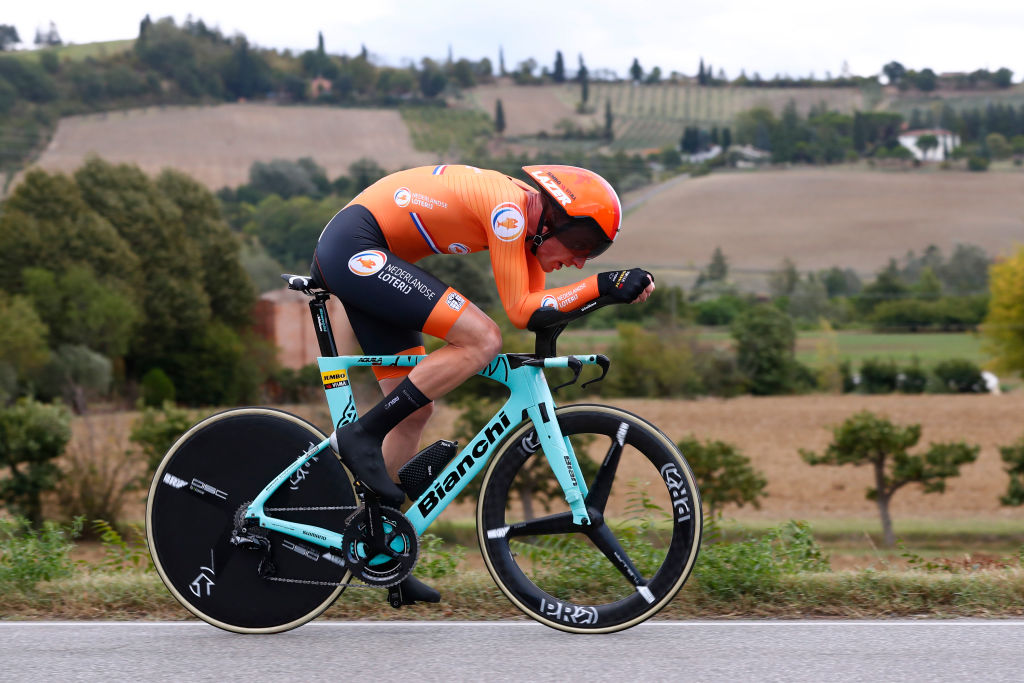
Aerodynamics has come up repeatedly in this discussion, but however aero a bike is, around 80% of the wind resistance experienced when riding is due to the rider, not the bike.
Triathlon and time trial bikes are designed to reduce the drag caused by the rider to a minimum by lowering their frontal profile. They’ll be fitted with out-front time trial extensions, which allow the rider to rest their forearms on the handlebars in a narrow position that lowers wind resistance. A base bar is included that can be used to steer the bike more easily and increase leverage when climbing, accelerating and sprinting.
The bike’s geometry favours a very flat-backed ride position, with a steep seat tube and low front end. Time-trial-specific saddles are designed to be more comfortable in such a low position.
Triathlon and time trial bikes are typically fitted with deep-section carbon wheels or often with a disc rear wheel and tri- or four-spoke front wheels to improve their aerodynamic performance.
Triathlon and time trial bikes can be tricky to ride and to get comfortable on, so bike fitting is very important to find a position that a given rider can hold while still being able to deliver their best power output.
Triathlon-only bikes aren’t constrained by UCI rules and so their designs can be extreme, with very deep tube profiles. They’ll often have feed boxes and hydration bladders incorporated into the frame and may not have a traditional double-diamond frame.
In contrast, the design of time trial bikes usually needs to comply with UCI rules. This means that they have less radical aerodynamic features, a frame with a seat tube and downtube and can’t include feed boxes and in-frame hydration.
Touring bikes
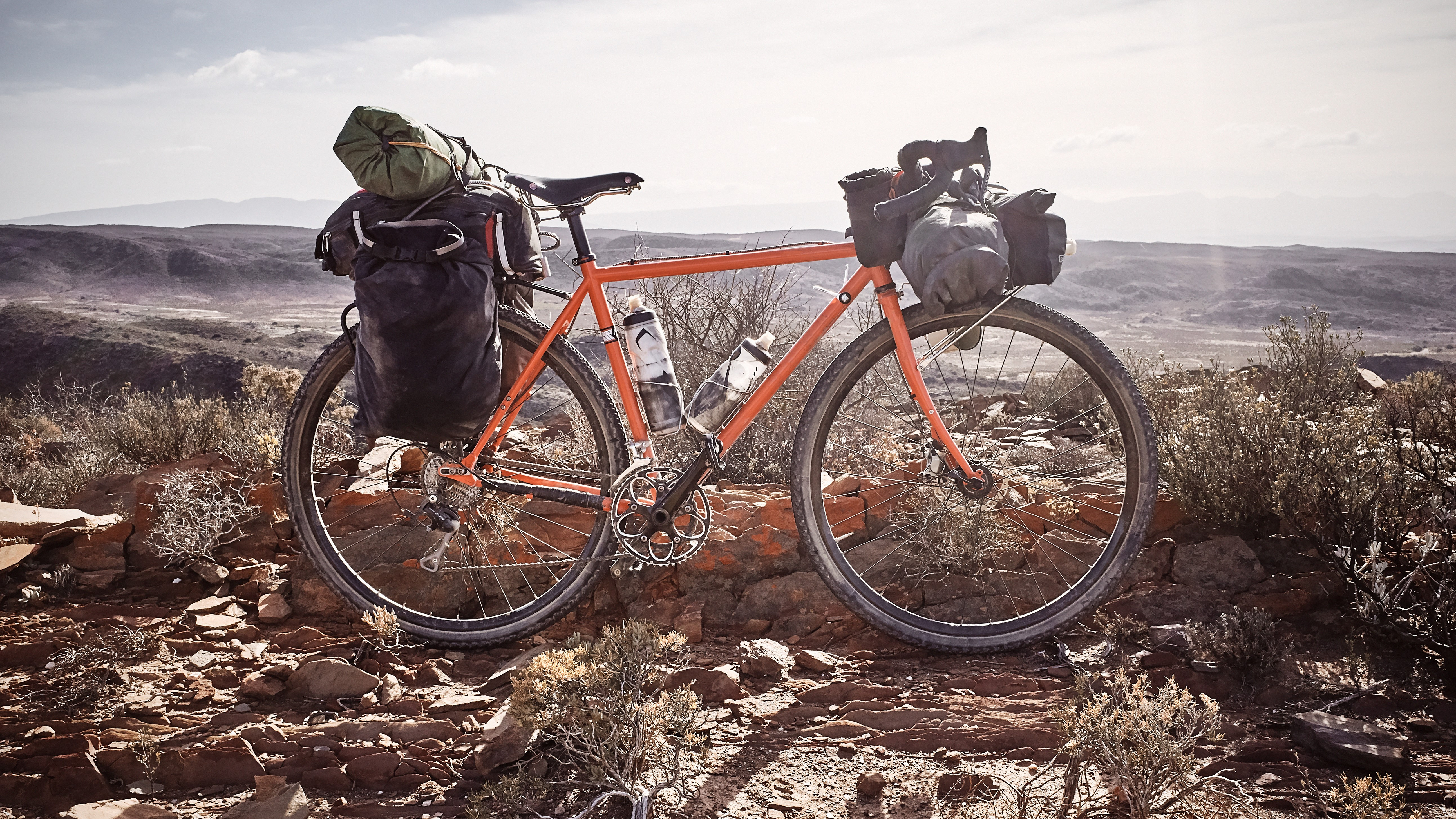
Touring bikes are an older category of bikes which is still popular. Typically made of steel, they’re designed for multi-day adventures on the tarmac.
While bikepackers lash their luggage for overnight stays to their bike’s frame in bikepacking bags, a touring bike rider will carry their luggage in panniers attached to a rear rack, often supplemented by a front rack and additional panniers.
The set-up allows for the transport of a lot of luggage but at the expense of weight. Touring bikes will often be fitted with lower spec components which are heavy but durable and easy to replace throughout the world. A dynamo is a popular addition as it avoids having to keep your bike light's batteries topped up and can be used to keep a cycling computer running.
Electric bikes
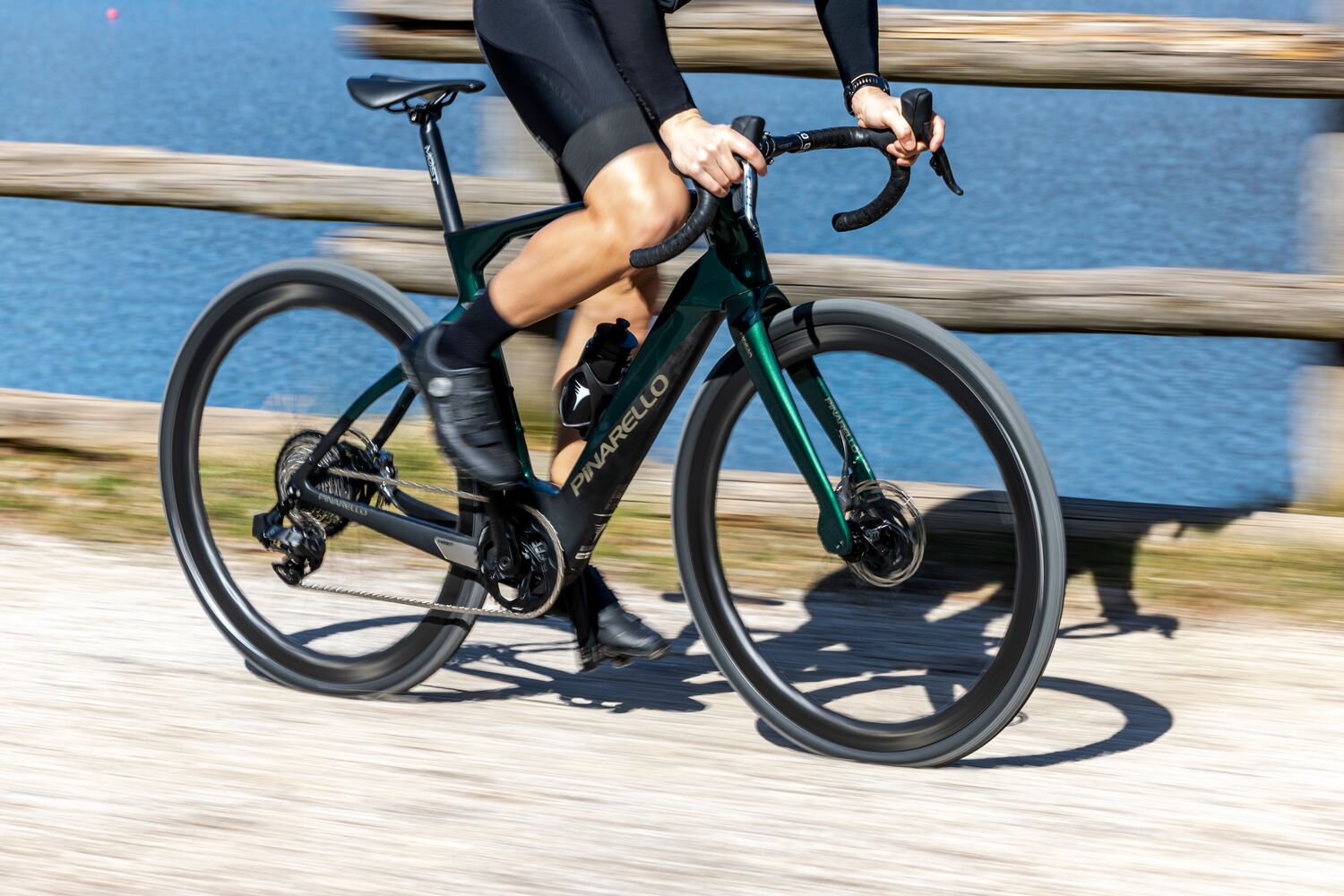
We have a separate page dedicated to electric bikes, but it's worth referencing that the majority of the above bike types can be bought with an electric motor. E-bikes are hugely popular, helping riders who want extra assistance to ride farther and faster and making climbing hills easier.
Electric road bikes have a motor housed in the bottom bracket or sometimes in the rear hub. Both provide stable handling and good rear-wheel traction. The battery is usually housed in the bike’s down tube. It may be removable for charging or in some cases may be fully enclosed in the frame and charged via a port near the cranks.
The motor will offer different assistance levels, which can be selected by the rider via a controller which is usually on the handlebars or built into the bike’s top tube.
The available range varies and is dependent on factors such as the battery capacity, the assistance level chosen, the terrain, the conditions and the rider’s fitness.
Many electric bikes can be fitted with a second range extender battery, which often fits on a bottle cage mount and plugs into the motor system to provide additional battery capacity and hence range.
The best electric road bikes can be very low in weight, with many lightweight electric road bikes weighing less than 12kg, which is not a lot more than many non-assisted road bikes.
The latest race content, interviews, features, reviews and expert buying guides, direct to your inbox!
Paul has been on two wheels since he was in his teens and he's spent much of the time since writing about bikes and the associated tech. He's a road cyclist at heart but his adventurous curiosity means Paul has been riding gravel since well before it was cool, adapting his cyclo-cross bike to ride all-day off-road epics and putting road kit to the ultimate test along the way. Paul has contributed to Cyclingnews' tech coverage for a few years, helping to maintain the freshness of our buying guides and deals content, as well as writing a number of our voucher code pages.
